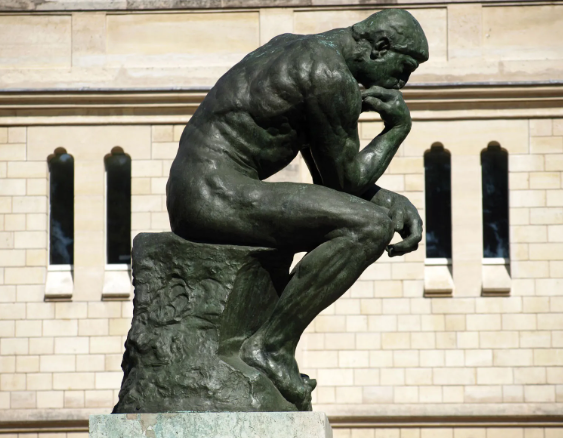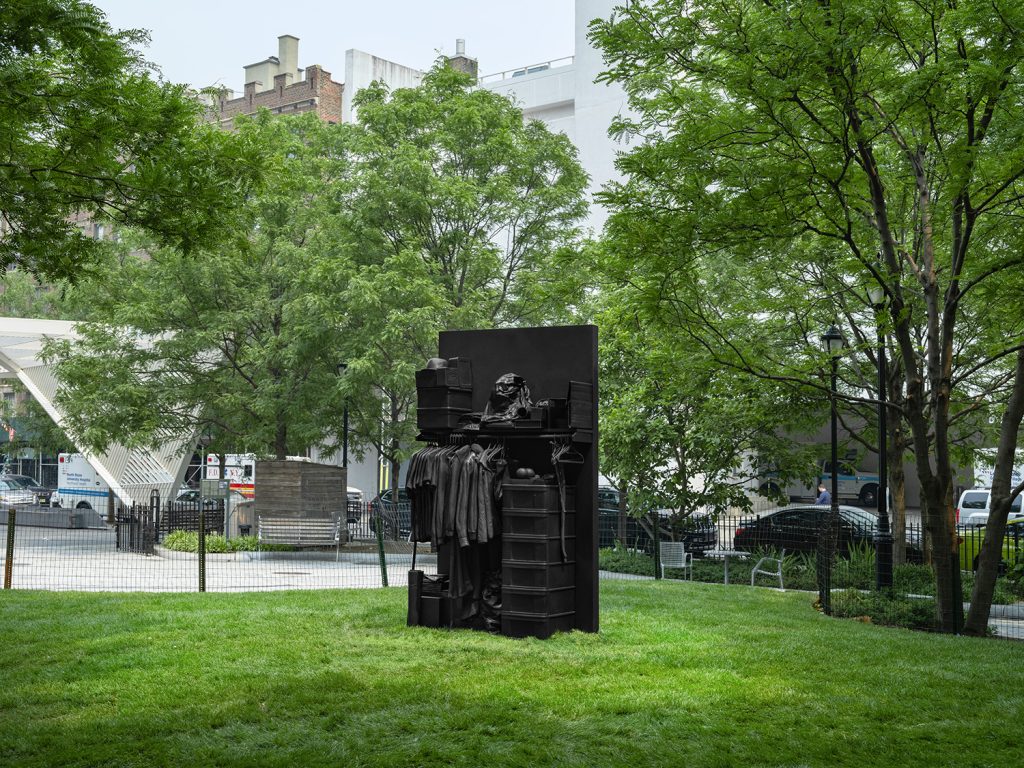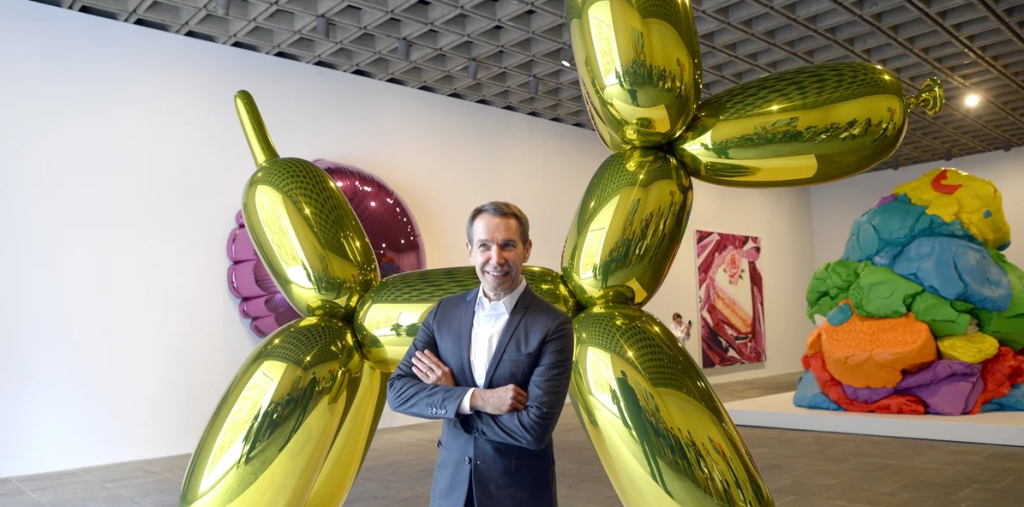Beyond the Bronze: The Story Behind Rodin’s ‘The Thinker’
Auguste Rodin’s ‘The Thinker’ is one of the most recognizable sculptures in the world. This iconic figure, initially conceived as part of a larger work, represents deep philosophical inquiry and the human condition. Understanding the story behind this masterpiece offers valuable insights into Rodin’s artistic journey and the themes he sought to explore.
The Birth of a Masterpiece
Originally designed for the gates of a monumental bronze door titled ‘The Gates of Hell,’ Rodin created ‘The Thinker’ as a depiction of Dante Alighieri, the great Italian poet. In his mind, the figure symbolized the poet contemplating the fate of souls in the afterlife. Rodin’s vision evolved, and ‘The Thinker’ became a standalone piece, embodying the act of contemplation and the weight of human thought. Completed in 1904, this sculpture reflects the complexities of human emotion, making it a poignant representation of intellectual struggle.
The Artistic Technique
Rodin’s technique was revolutionary for its time. Unlike traditional sculptures that focused on smooth, polished surfaces, Rodin embraced a more raw and textured approach. This method added a sense of dynamism and realism to his works. He often left visible tool marks, which conveyed a sense of movement and life, suggesting the process of thought in ‘The Thinker.’ The use of bronze allowed for intricate details, from the muscles in the figure’s arms to the furrowed brow, capturing the essence of deep reflection.
The Cultural Impact
Over the years, ‘The Thinker‘ has transcended the realm of art to become a symbol of intellectualism and philosophical inquiry. It has been reproduced in various forms and has appeared in films, literature, and popular culture, solidifying its place as a cultural icon. Different interpretations of the sculpture have emerged, with some viewing it as a representation of existential struggle, while others see it as a celebration of human intellect. Its presence in museums worldwide encourages discussions about philosophy, art, and the meaning of thought itself.
In conclusion, Rodin’s ‘The Thinker’ not only showcases extraordinary artistic achievement but also serves as a powerful reminder of the human capacity for contemplation. Whether you’re an art lover or a philosophy enthusiast, exploring Rodin’s masterpiece can deepen your appreciation for the nuances of human thought and creativity. Dive deeper into the world of art and philosophy—there’s always more to discover!


